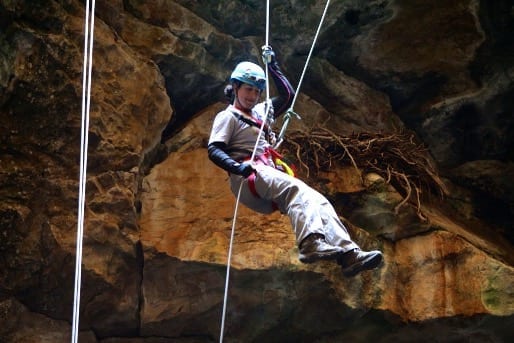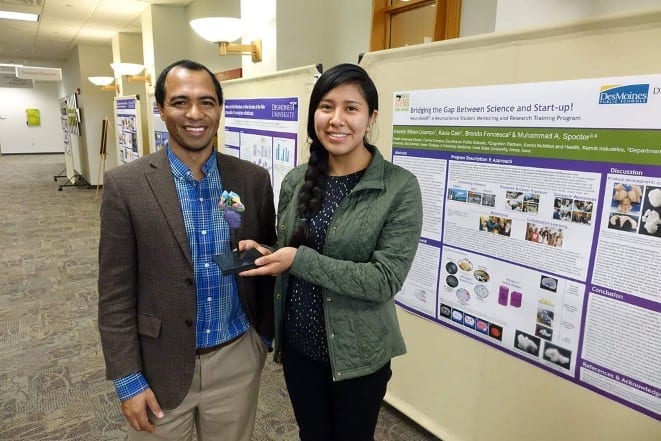Research in the Paleobiology and Functional Morphology Lab
The Paleobiology and Functional Morphology lab specializes in how body form (morphology) reflects function in mammals, and how we can use body form to recreate the behavior of extinct mammals and past habitats using 2D and 3D imaging, morphological measurements, and digital modeling. Since living animals are the best proxies for fossil species, we focus on extant mammals as well as those from the Eocene (58–32 million years ago) and the late Pleistocene (100,000 to 11,500 years ago). Additional information on our respective research programs can be found on Dr. Dunn and Dr. Meachen’s faculty pages.
Research in the Human Skeletal Biology Lab
Research in the Human Skeletal Biology Lab (Ryan Hall 109) focuses on documenting the size and shape of skeletal structures across individuals and interpreting what that variation can—and cannot— tell us. Studies have focused on climatic adaptations of the upper respiratory structures, skeletal development of postcrania, and the utilization of skeletal variation in applications for forensic anthropology. The laboratory houses several resources, including a comparative skeletal collection, 3D scanners, a 3D printer, and high-performance computers with advanced imaging software. Students working in the lab get direct experience working on forensic case studies and have access to a growing database of CT images. Additional information can be found on Dr. Butaric and Dr. Garvin’s faculty pages.
Research in the Evolving Brain and Vertebrate Paleohistology labs
In the shared research space in Ryan Hall 204, we have the Evolving Brain and the Vertebrate Paleohistology labs, where we focus on comparative neuroanatomy and the evolution of skeletal tissues and growth physiology of vertebrates. Additional information can be found on Dr. Werning and Dr. Spocter's faculty pages.














